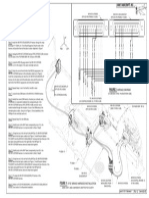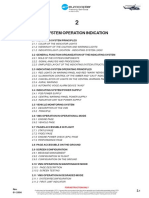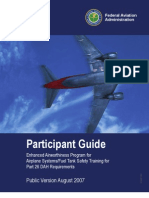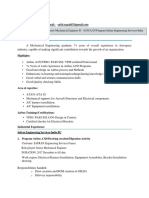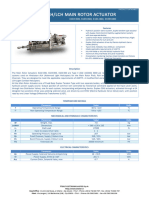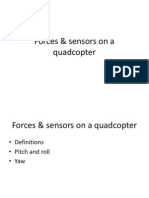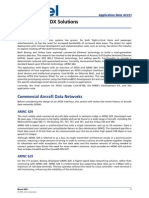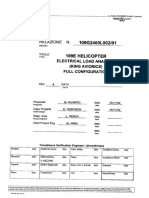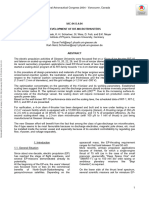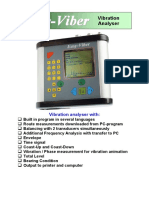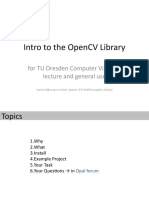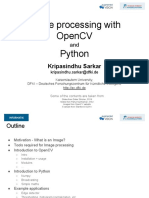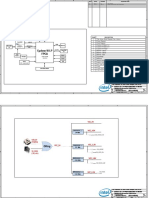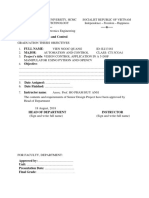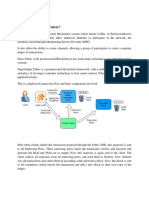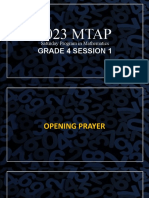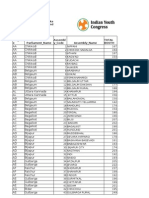100% found this document useful (2 votes)
183 views29 pagesTo Opencv: Marvin Smith
This document provides an introduction and overview of OpenCV, an open source computer vision and machine learning software library. It discusses OpenCV's structure, basic data types like Points, Rects, and Mats, image I/O functions, drawing tools, colorspace conversion, thresholding, edge detection, smoothing, and linear algebra capabilities. Installation instructions for Linux and Windows are also included.
Uploaded by
VienNgocQuangCopyright
© © All Rights Reserved
We take content rights seriously. If you suspect this is your content, claim it here.
Available Formats
Download as PPT, PDF, TXT or read online on Scribd
100% found this document useful (2 votes)
183 views29 pagesTo Opencv: Marvin Smith
This document provides an introduction and overview of OpenCV, an open source computer vision and machine learning software library. It discusses OpenCV's structure, basic data types like Points, Rects, and Mats, image I/O functions, drawing tools, colorspace conversion, thresholding, edge detection, smoothing, and linear algebra capabilities. Installation instructions for Linux and Windows are also included.
Uploaded by
VienNgocQuangCopyright
© © All Rights Reserved
We take content rights seriously. If you suspect this is your content, claim it here.
Available Formats
Download as PPT, PDF, TXT or read online on Scribd
/ 29









